If the three twenty-somethings enjoying lunch and some brief down time outside at Trumbull Kitchen seemed familiar to passersby in downtown Hartford, it’s probably because they’ve been on national television a time or two. And will be again.
The casual lunch and conversation among three friends – competitors in the P&G Gymnastics Championships being held at the XL Center this weekend – are just one example of how hosting a major sporting event, in this case gymnastics, can boost the local economy and have reverberations that will continue to add value.
Californian Sam Mikulak, 23, who has won the men’s national title each of the past three years, remembers Hartford well. His string of three consecutive all-around championships started here in 2013. Fellow athletes Donathan Bailey, 25, of California and C.J. Maestas, 24, of New Mexico, have also competed in national championships held in Hartford.
This weekend, the Capitol city is hosting not only the men’s championship for the third time in a decade (2010 and 2013 previously) but is also hosting the Secret U.S. Classic, a key tune-up for the nation’s top women gymnasts, with the Olympics just two months away and the U.S. teams to be chosen in the coming weeks. It is the first time that Hartford has hosted major gymnastics events in an Olympic year, when public interest peaks.
The roster of past Olympic and international medalists competing in Hartford is lengthy – unprecedented in the view of some observers – and in many cases, Connecticut is part of their individual Olympic journeys.
2012 Olympic gold medalist Aly Raisman of Needham, Massachusetts recalls competing in Hartford in 2010, and says of her return, “I feel like I’m competing at home.”
The Connecticut Convention and Sports Bureau (CTCSB) projects 1,425 hotel room nights, an estimated attendance approaching 30,000, a business sales impact of $1.5 million and $50,000 in local taxes generated. But the impact goes beyond those numbers.
“It raises awareness of what we have in the state,” when people visit to enjoy the competition, or root for family or friends, points out Bob Murdock, Director of Sports Marketing at CTCSB.
Add to that the national network television coverage (NBC telecasts coverage on Sunday and NBC Sports Network also provides coverage), and the Hartford locale mentioned in news stories published worldwide and plentiful on social media, the exposure for the city and state is incalculable. “It has lasting effects,” says Murdock, and “helps grow the brand of Connecticut.”
 Why does USA Gymnastics keep coming back? “Everything runs smoothly,” suggests Mikulak, expressing a competitor’s viewpoint. “They trust us,” adds Murdock, noting that when Connecticut bids to attract future national caliber sporting events, the first question asked is “what else have you hosted.”
Why does USA Gymnastics keep coming back? “Everything runs smoothly,” suggests Mikulak, expressing a competitor’s viewpoint. “They trust us,” adds Murdock, noting that when Connecticut bids to attract future national caliber sporting events, the first question asked is “what else have you hosted.”
“The sports talk to each other,” Murdock explained. They ask about community support, and the overall experience. That USA Gymnastics has returned multiple times with its top national events speaks volumes.
Some up-and-coming hopefuls wouldn’t mind seeing the Hartford tradition continue awhile longer.
Among those competing at the Junior elite level is 14-year-old Riley McCusker of New Milford, the lone Connecticut resident at either the Senior or Junior level.
“I am so excited to be in Connecticut,” she says, seeking to advance her fledgling career at a major competition in her home state. Many of her friends and family will be on hand, including some that may be surprised when they see her on the XL Center floor and realize the full dimension of her steadily progressing gymnastics career.
McCusker recalls being at the XL Center as a spectator for a previous national championship, and being wowed by an extraordinary floor exercise she witnessed. This weekend, she may turn some heads herself as she continues to emphasize quality and consistency as her track-record grows, although not quite looking ahead yet to Olympic possibilities in 2020.
Four years beyond her Olympic experience in London leading the U.S. team and earning individual and team gold medals, the just-turned-22 year-old Raisman says it “feels like forever ago.” With a field of potential U.S. Olympians as deep as it ever has been all vying for one of only a handful of slots on the 2016 U.S. team, having the journey come through a familiar place – with nearly two dozen close friends and family coming to Hartford to join the many fans here to cheer her on - may offer a lift.
The competition itself certainly does so for the XL Center, Hartford and Connecticut. Mikulak, as only a visitor could, sums it up succinctly: “Hartford is a popular place.”

Aly Raisman of Needham, Mass. won the senior all-around title at the 2016 Secret U.S. Classic at the XL Center on Saturday, June 4. Rachel Gowey of Urbandale, Iowa was second, and Alyssa Baumann of Plano, Texas finished third. Earlier in the day, Irina Alexeeva of Plano, Texas, captured the junior all-around title. Connecticut’s Riley McCusker of New Milford finished 9th. The 11,771 who attended the Secret U.S. Classic on Saturday evening were the largest one-day crowd USA Gymnastics has had for events held in Hartford. In 2010, the largest daily crowd was 11,325, and in 2013 the largest daily attendance was 10,233.

 onicle used 2015 Internal Revenue Service data on individuals who earn $50,000 or more annually and who itemize charitable deductions on their income-tax returns to create a snapshot of giving in every county and metropolitan area in the country. Only donations of taxpayers who took a deduction are included, the publication noted. The key measure, according to the Chronicle, is the giving ratio: the total of a locality’s charitable contributions as a share of its total adjusted gross income.
onicle used 2015 Internal Revenue Service data on individuals who earn $50,000 or more annually and who itemize charitable deductions on their income-tax returns to create a snapshot of giving in every county and metropolitan area in the country. Only donations of taxpayers who took a deduction are included, the publication noted. The key measure, according to the Chronicle, is the giving ratio: the total of a locality’s charitable contributions as a share of its total adjusted gross income.

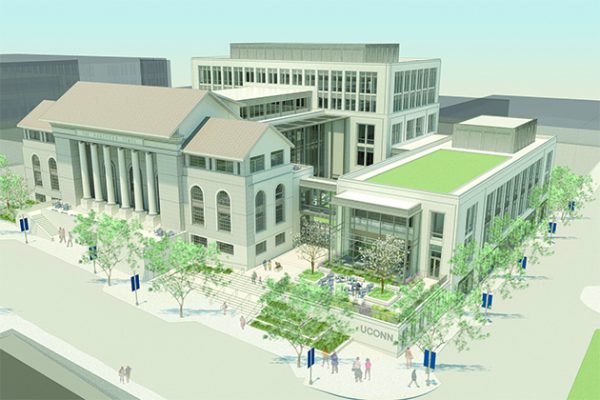 In Hartford, the university intends to “interweave top-tier academic programs with the vitality and unique educational and service opportunities offered by Connecticut’s capital city.” The campus – at a cost of $140 million - is anchored by the historic former Hartford Times building as part of a neighborhood campus that includes nearby cultural institutions and state and city government offices, including Hartford Public Library, which will house 12,000 square feet of UConn classrooms, a library collection, and study areas.
In Hartford, the university intends to “interweave top-tier academic programs with the vitality and unique educational and service opportunities offered by Connecticut’s capital city.” The campus – at a cost of $140 million - is anchored by the historic former Hartford Times building as part of a neighborhood campus that includes nearby cultural institutions and state and city government offices, including Hartford Public Library, which will house 12,000 square feet of UConn classrooms, a library collection, and study areas.
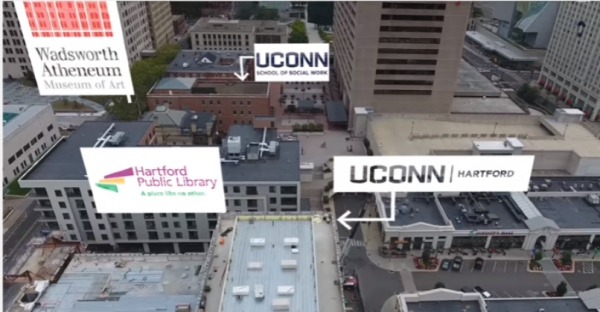 go, the Board of Trustees voted to extend the Graduate Business Learning Center’s (GBLC) lease at 100 Constitution Plaza, and to add two additional floors to the existing space, allocating a total of six floors of classroom, meeting and office space.
go, the Board of Trustees voted to extend the Graduate Business Learning Center’s (GBLC) lease at 100 Constitution Plaza, and to add two additional floors to the existing space, allocating a total of six floors of classroom, meeting and office space. The building is six stories tall and will have 116 apartment units. the school's website explains. The maximum occupancy of the building is approximately 350 students, but because some of the bedrooms will be single occupancy, the target occupancy is 290 students. Plans call for 100 designated parking spaces for students will be available for a small additional charge.
The building is six stories tall and will have 116 apartment units. the school's website explains. The maximum occupancy of the building is approximately 350 students, but because some of the bedrooms will be single occupancy, the target occupancy is 290 students. Plans call for 100 designated parking spaces for students will be available for a small additional charge.
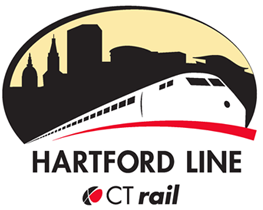
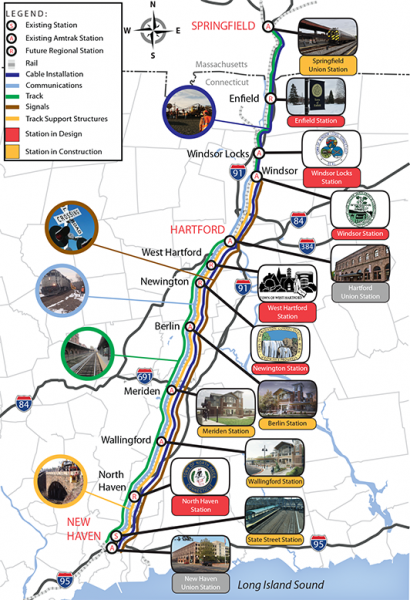 The Hartford Line will act as a regional link with connections to existing rail services, including Metro-North, Shoreline East, and Amtrak Acela high-speed rail services on both the New Haven Line to New York and on the Northeast Corridor to New London and Boston. There will also be direct bus connections to the Bradley Airport Flyer and to CTfastrak. With a heightened level of direct and connecting service linking the region, the hope is that towns along the future Hartford Line will become magnets for growth – ideal places to live and to relocate businesses that depend on regional markets and travel.
The Hartford Line will act as a regional link with connections to existing rail services, including Metro-North, Shoreline East, and Amtrak Acela high-speed rail services on both the New Haven Line to New York and on the Northeast Corridor to New London and Boston. There will also be direct bus connections to the Bradley Airport Flyer and to CTfastrak. With a heightened level of direct and connecting service linking the region, the hope is that towns along the future Hartford Line will become magnets for growth – ideal places to live and to relocate businesses that depend on regional markets and travel. Also, very much a part of the strengthening transportation options with the potential to spur economic development is
Also, very much a part of the strengthening transportation options with the potential to spur economic development is 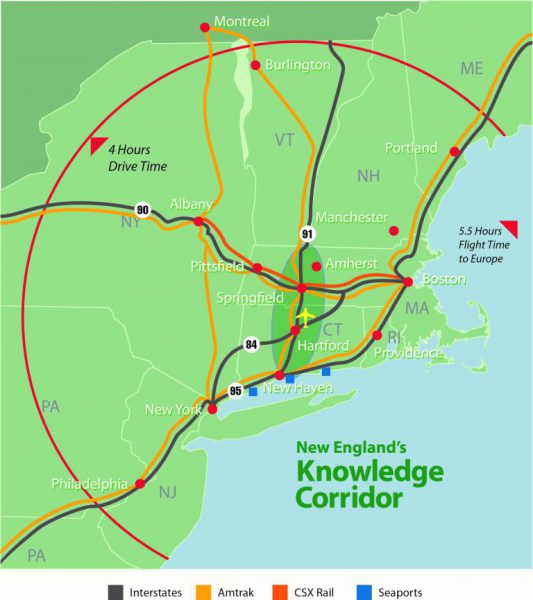




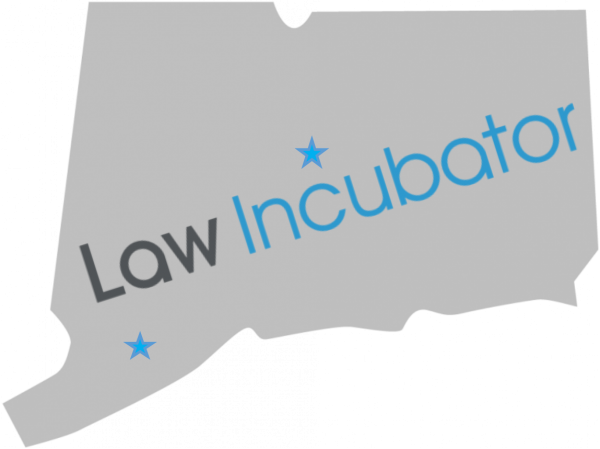
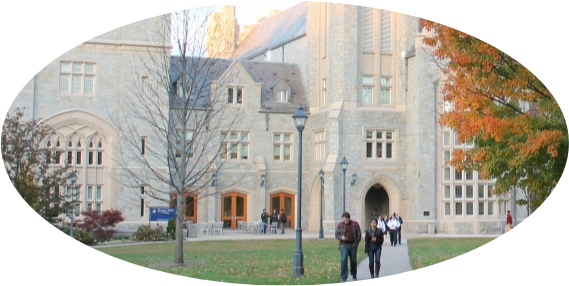

 Clients who qualify for services at the Hartford incubator will be those whose incomes exceed the limits for legal aid but fall within three times the federal poverty level. For a family of four, this would mean a maximum household income of $72,900. Clients wishing to apply for services may do so beginning in February, when information will be available at the center’s website: cclc.law.uconn.edu.
Clients who qualify for services at the Hartford incubator will be those whose incomes exceed the limits for legal aid but fall within three times the federal poverty level. For a family of four, this would mean a maximum household income of $72,900. Clients wishing to apply for services may do so beginning in February, when information will be available at the center’s website: cclc.law.uconn.edu.

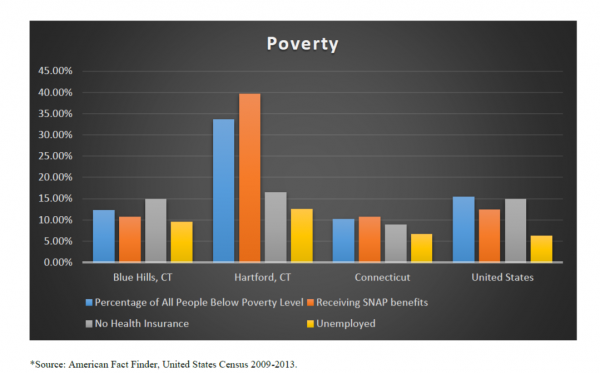 this book, education is the ultimate determinate of success. In order for Hartford to excel, the population must be educated. The emerging majority must be able to support itself and children require cutting edge educational opportunities.”
this book, education is the ultimate determinate of success. In order for Hartford to excel, the population must be educated. The emerging majority must be able to support itself and children require cutting edge educational opportunities.” Describing Hartford’s prominent manufacturing history, Hinz said “Hartford, CT, is a classic story in the history of American technology. If you have ever wondered why people refer to “Yankee ingenuity,” this is what they are talking about.” He adds, “In the mid and late 1800s, the United States overtakes Great Britain as the world’s foremost economic superpower, largely on the strength of its prowess in inventing and manufacturing new technologies. Hartford is at the center of that revolution.”
Describing Hartford’s prominent manufacturing history, Hinz said “Hartford, CT, is a classic story in the history of American technology. If you have ever wondered why people refer to “Yankee ingenuity,” this is what they are talking about.” He adds, “In the mid and late 1800s, the United States overtakes Great Britain as the world’s foremost economic superpower, largely on the strength of its prowess in inventing and manufacturing new technologies. Hartford is at the center of that revolution.” The exhibit notes that by the 1850’s “Hartford became the center of production for a wide array of products—including firearms by Colt, Richard Gatling and John Browning; Weed sewing machines; Royal and Underwood typewriters; Columbia bicycles; and even Pope automobiles.”
The exhibit notes that by the 1850’s “Hartford became the center of production for a wide array of products—including firearms by Colt, Richard Gatling and John Browning; Weed sewing machines; Royal and Underwood typewriters; Columbia bicycles; and even Pope automobiles.”
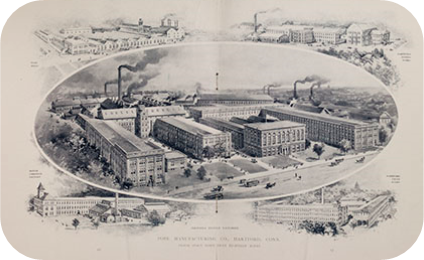 rode his high-wheeler from the station down Capitol Avenue to the Weed Sewing Machine Company.’”
rode his high-wheeler from the station down Capitol Avenue to the Weed Sewing Machine Company.’”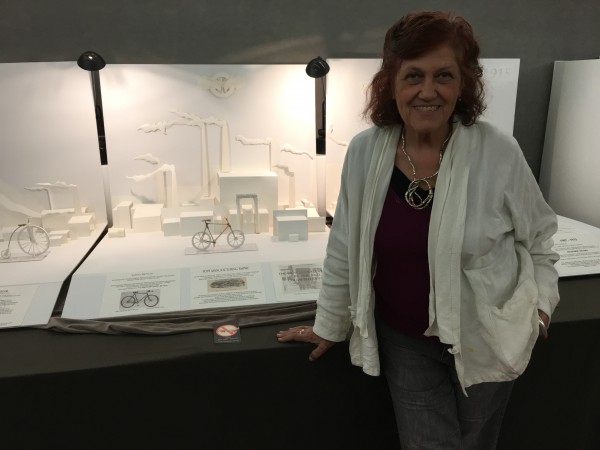 Jeanne Manzelli, a resident of Windsor, has a
Jeanne Manzelli, a resident of Windsor, has a  BFA in Sculpture from the Massachusetts College of Art and her MED in Art Education from the University of Massachusetts, Amherst. Her experience includes a 20 year career in design, manufacture, appraisal and sale of jewelry, two decades as mural artist working closely with interior designers as an industry professional, and 14 years teaching basic and advanced drawing, sculpture and 3D design as well as color theory at Tunxis Community College.
BFA in Sculpture from the Massachusetts College of Art and her MED in Art Education from the University of Massachusetts, Amherst. Her experience includes a 20 year career in design, manufacture, appraisal and sale of jewelry, two decades as mural artist working closely with interior designers as an industry professional, and 14 years teaching basic and advanced drawing, sculpture and 3D design as well as color theory at Tunxis Community College.


 Why does USA Gymnastics keep coming back? “Everything runs smoothly,” suggests Mikulak, expressing a competitor’s viewpoint. “They trust us,” adds Murdock, noting that when Connecticut bids to attract future national caliber sporting events, the first question asked is “what else have you hosted.”
Why does USA Gymnastics keep coming back? “Everything runs smoothly,” suggests Mikulak, expressing a competitor’s viewpoint. “They trust us,” adds Murdock, noting that when Connecticut bids to attract future national caliber sporting events, the first question asked is “what else have you hosted.”


 Dance.
Dance. Art.
Art.



























